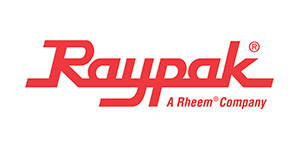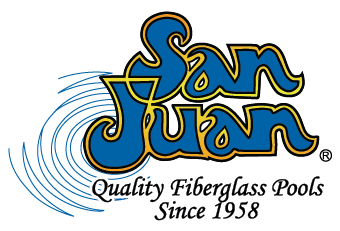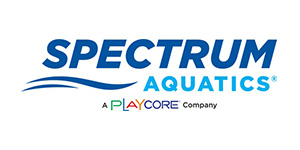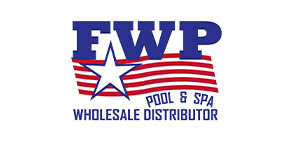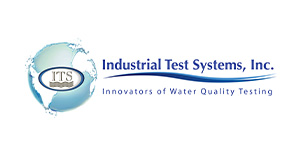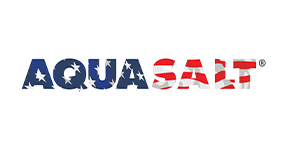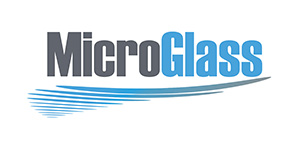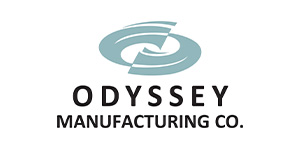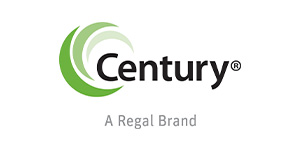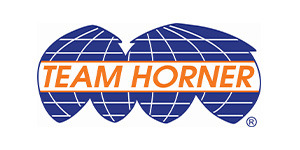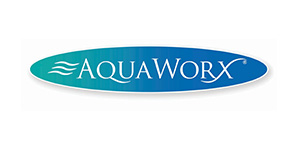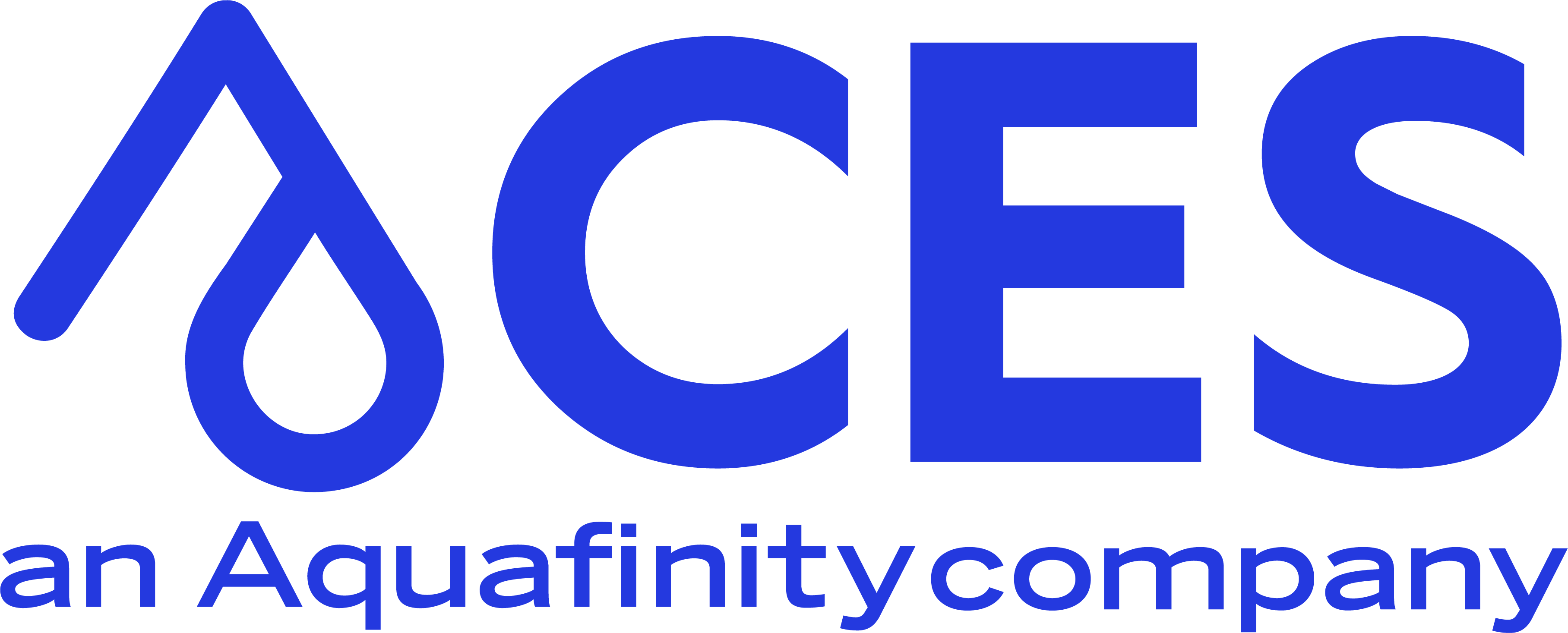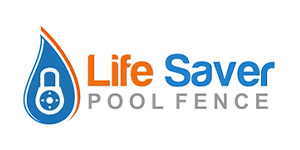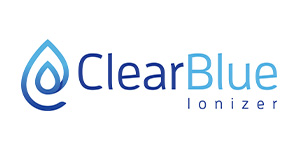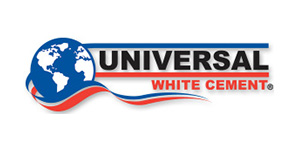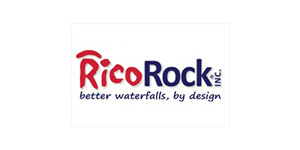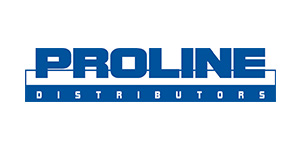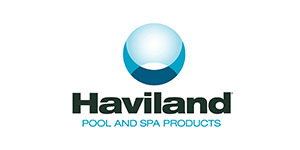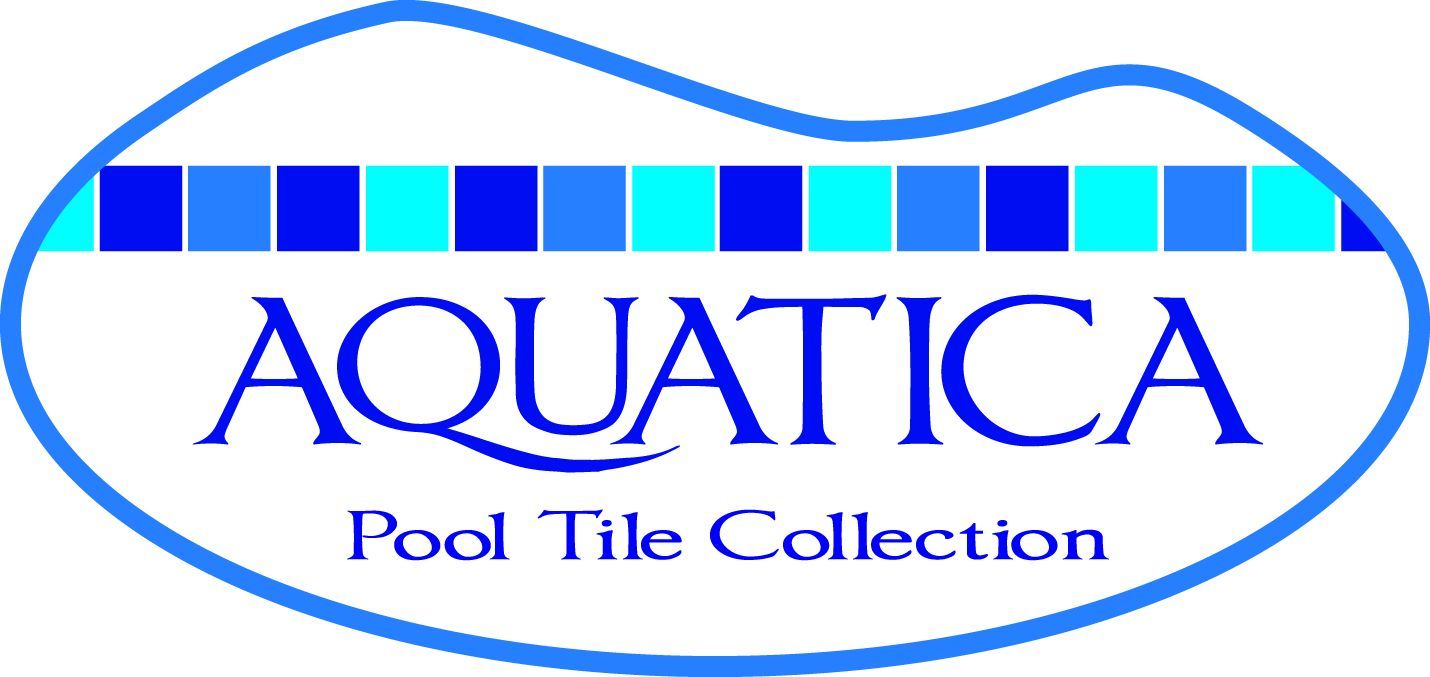By Alvaro Mendoza, Commercial Energy Specialists / amendoza@ceswaterquality.com
Once a service company takes over an account, they’re normally trying to figure out the personality of the pool, how much time they need to spend and what they have to do to keep the pool clear and the customers happy.
Sometimes the pool is lightly used and a piece of cake to operate, and other times… well you wonder if the pool was actually built on a proverbial Indian burial ground.
Here are a few additional considerations that might help with those difficult situations:
–Kill power is king: While your test kit tells you “how much” is in the pool. it cannot really tell you the “kill power” of that chlorine. The best indicator is Oxidation Reduction Potential (ORP) as read by your chemistry controller. ORP should optimally be above 700-750 mV at all times. If not, the culprits might be: high pH, higher stabilizer, and/or the more elusive “chlorine demand” on the water. ORP below 700 mV is against DOH code and requires immediate action.
–Important relationship between ORP and chlorine: One of the best diagnostics tools available is the relationship between the ORP and chlorine. It can tell you a lot. High chlorine and low ORP (600-700 mV) is indicative of trouble, while high ORP achieved (>800 mV) with relatively low Chlorine levels (< 2 PPM) is indicative of very clean and safe water.
–Chlorine alone is very limited: You can’t expect too much from a “chlorine only” pool as it is very limited in scope and might just not be enough. The customer should know you might not have enough tools to succeed. Supplemental treatment might be needed and options include treating with enzymes, UV, ozone, or Peroxolyte shocks.
–What about filtration? Less than stellar filtration can cause issues as well. Consistently cloudy pool water commonly indicates a filtration issue, while temporary lapses indicate a short-term chlorination or oxidation issue. There is a test to separate the two issues.
Once you have tight control of the chemistry part and the pool still doesn’t meet your (or your customer’s) standards, then it might be time to get them involved in finding a better solution. After all, it is their pool.

